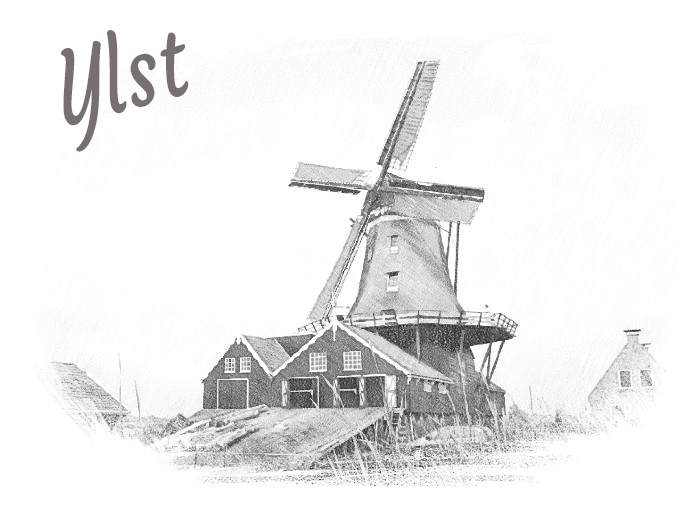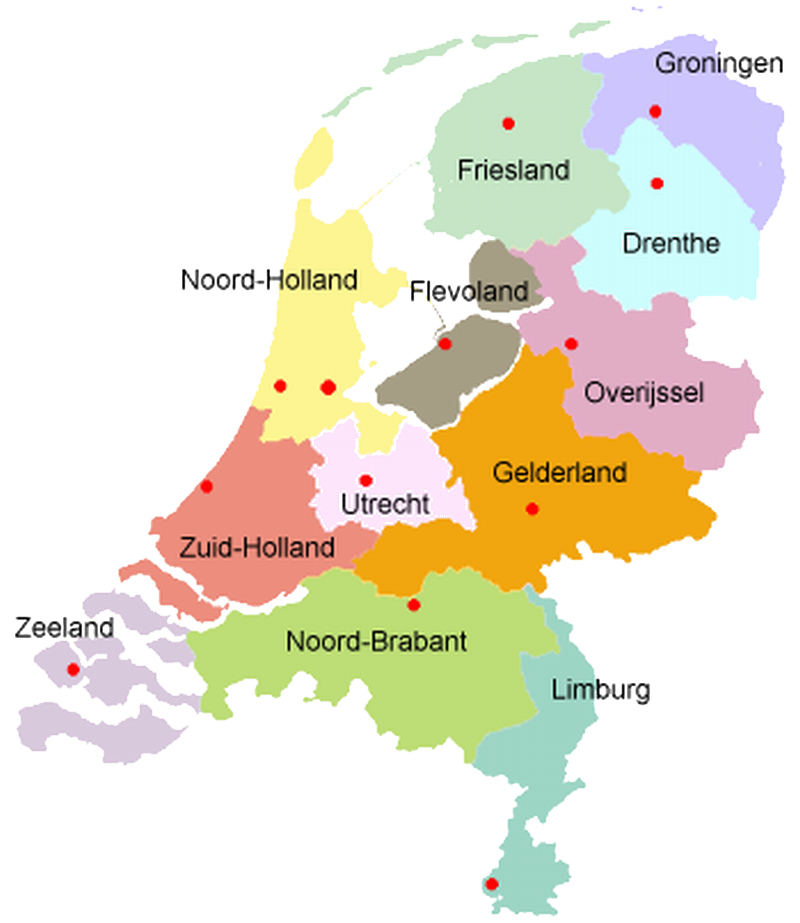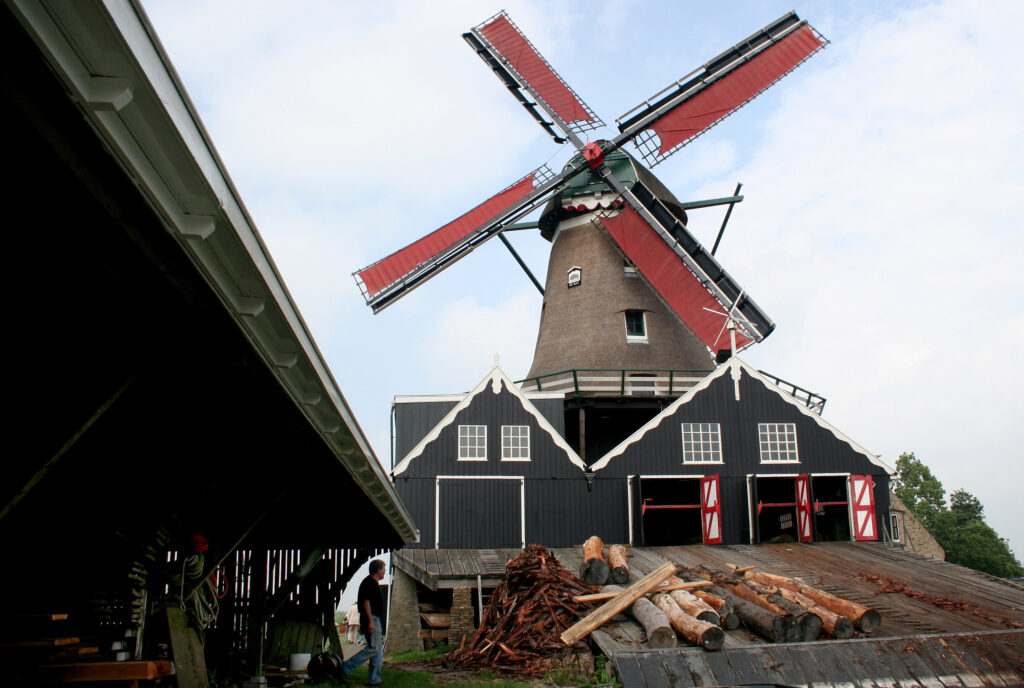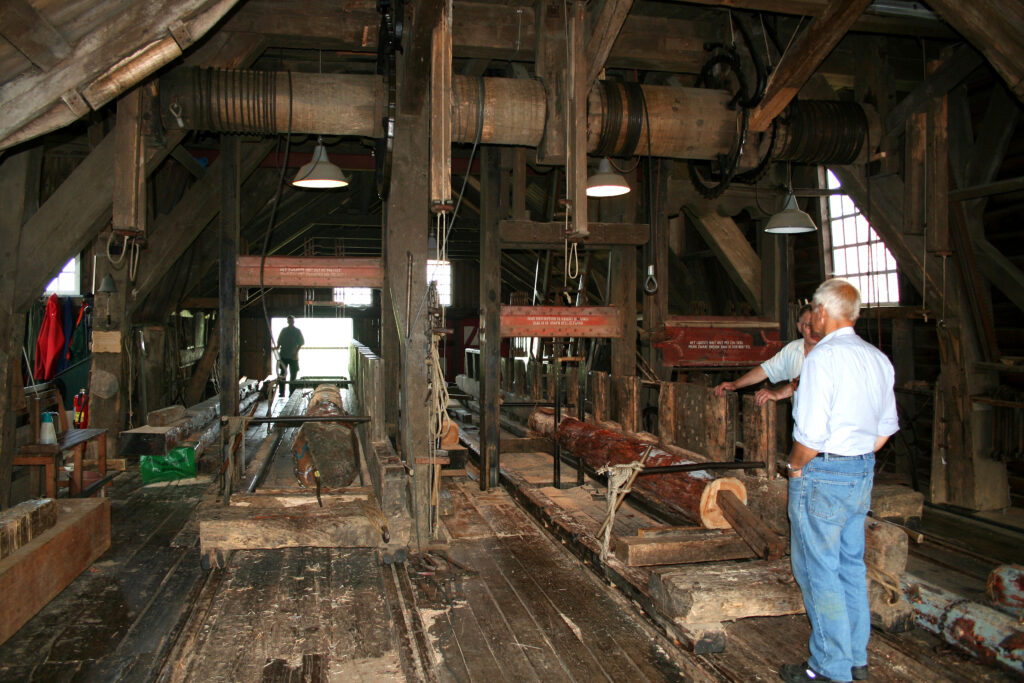AMERSFOORT

Nestled in the picturesque Friesland province of the Netherlands lies the charming town of IJlst, a hidden gem that captures the essence of Dutch heritage and culture. With a history dating back to the 13th century, this quaint town is a testament to the nation’s rich maritime traditions and architectural beauty.
Ijlst is renowned for its historic canals, which meander through the town, offering a scenic backdrop for leisurely walks and boat rides. One of its most famous canals, the Ee, is lined with well-preserved 18th-century warehouses, reflecting the town’s maritime past when shipbuilding and trade thrived.
The iconic sawmill De Rat, a national monument, stands proudly in Ijlst. This historic sawmill, which dates back to the 17th century, showcases the town’s connection to timber production, a vital industry in its history.
Ijlst is also home to the Houtzaagmolen De Rat, a national monument and a testament to the town’s rich timber production history. Visitors can explore the mill’s inner workings, offering a fascinating glimpse into the region’s industrial past.
Today, Ijlst is a place where history and modernity harmoniously coexist. With its charming canals, historic buildings, and warm-hearted community, it offers a unique experience for travelers seeking an authentic Dutch experience. Whether you’re strolling along the canals, admiring the architecture, or savoring traditional Dutch cuisine in a cozy café, Ijlst is a delightful destination that encapsulates the timeless beauty of Holland.
Wood sawmill the rat
De Rat originally stood in the Zaan region, where it was built in 1711. Around 1800, overseas trade declined sharply and with it shipbuilding. This also applies to the sawmills. Much was demolished or sold and moved to another part of the country. In 1828, the mayor of IJlst decided to purchase De Rat together with miller Hessel Vellinga. Because Friesland saw less of the economic downturn, it had a new future for the mill in IJlst. On the banks of the Geeuw The mill was taken apart like a kit and reassembled on the east bank of the Geeuw. Around 1850, the name of the timber business of the Oppedijk De Rat company was taken over. The Rat sawed on wind power for over 200 years, when analogue movements took over. In 1918, the hood and blades were removed and an electric motor was used to drive the boat using the wind. In 1955, the Oppedijk company applied for a sloop permit, but fortunately the municipality of IJlst took care of the mill again. Twelve years later the mill could once again show off its hood and blades. It then took until 1977 before De Rat could really saw using wind power again.

Walking Tour of IJlst
Keep in mind that IJlst is a relatively small town, so this walking tour won’t be too lengthy. Let’s get started!
Duration: Approximately 1.5 – 2 hours
Starting Point: Stadslaan, near the Tourist Information Center.
1. Stadslaan and Town Center: Begin your walking tour at Stadslaan, where you’ll find the Tourist Information Center. Pick up a map and any additional information you need for your tour. From here, stroll through Stadslaan, the main street that leads you to the heart of IJlst’s town center. Admire the well-preserved historic buildings and the picturesque canals along the way.
2. Houtzaagmolen De Rat: As you continue walking, you’ll come across the Houtzaagmolen De Rat, a traditional sawmill that dates back to the 17th century. Take some time to appreciate the craftsmanship of this working windmill, which was used for sawing timber.
3. Eegracht Canal: Walk along the Eegracht Canal, one of the charming waterways that runs through IJlst. Enjoy the tranquility and the scenic views as you stroll beside the water.
4. Molenstraat and Tiny Houses: Head towards Molenstraat, a quaint street with rows of colorful and charming tiny houses. These traditional Dutch buildings offer a glimpse into the town’s architectural history.
5. Galamagracht and Eise Eisingastraat: Follow the Galamagracht canal, and then make a left onto Eise Eisingastraat. This street is named after Eise Eisinga, a famous Frisian astronomer. While you’re here, you might want to visit the Eise Eisinga Planetarium, a historic planetarium located in his former home.
6. Town Hall and Square: As you continue your walk, you’ll reach the Town Hall and the town square. The Town Hall is an impressive building that adds character to the square. Take some time to explore the surroundings and maybe even sit down at a café to enjoy a drink and some people-watching.
7. Sylroede Bridge and Potmarge Canal: Cross the Sylroede Bridge to get a different perspective of the town. You’ll be able to see the Potmarge Canal and more charming houses along the water’s edge.
8. De Rat Brewery: As you conclude your walking tour, consider stopping by the De Rat Brewery, located near the Houtzaagmolen De Rat. If you’re interested in trying some local beers, this could be a perfect way to end your tour on a relaxing note.
This concludes your walking tour of IJlst, Friesland. Keep in mind that the pace of the tour can be adjusted based on your interests and the time you have available. Enjoy your time exploring the historical and picturesque streets of this lovely town!


Het oudste bekende zegel van IJlst stamt uit 1496, hiërarch staat een kogge illustraties. Op een ander zegel, uit de 16e eeuw, staat een soldaat met in de rechterhand een zwaard. De kogge heeft gedurende de verschillende gedaantes gehad, uiteindelijk werd de geschiedenis in 1818 de driemaster in het wapen bewezen.
Achter het fundamentele van het schip als zit een volksverhaal. Het verhaal gaat dat een kapitein zijn schip altijd zonder roer de haven van IJlst binnen wist te krijgen. Dit staat duidelijk in het wapen van de stad.








